In modern construction projects and municipal infrastructure construction, HDPE (high-density polyethylene) pipes have become a common and important pipe material. Its excellent performance and wide range of applications make HDPE pipes play an important role in water supply systems, drainage systems, chemical pipelines, natural gas pipelines, etc. To connect HDPE pipes, you need to rely on a dedicated welding machine. With the continuous development of construction projects and infrastructure construction, it is believed that HDPE pipes and welding machines will continue to play an important role and make greater contributions to social development.
Advantages of HDPE pipe
HDPE pipe has many advantages, making it one of the preferred materials for piping projects. First of all, HDPE pipes have good corrosion resistance and chemical stability, can resist the erosion of various chemical substances, and are suitable for transporting a variety of media. Secondly, HDPE pipes are light and flexible, easy to install and transport, which can greatly save construction time and costs. In addition, HDPE pipes have good wear resistance and pressure resistance, and can adapt to different use environments and engineering requirements.
HDPE pipe connection technology
HDPE pipes are usually connected using hot melt welding technology. This welding method uses thermal energy to heat the ends of the pipe to the melting temperature, and then applies a certain amount of pressure to fully fuse the pipe ends together to form a strong connection. Hot melt welding technology can ensure that the welded joint has good sealing and strength and can adapt to the requirements of various engineering environments.
The role of welding machine
The welding machine is one of the key tools for realizing HDPE pipe connection. It is equipment specially designed for hot melt welding and usually includes heating plates, fixtures, control systems and other components. The welding machine heats the pipe ends to the melting temperature through a heating plate, and then applies a certain amount of pressure to fully fuse the pipe ends together. The welding machine has efficient and precise welding capabilities, ensuring the quality and reliability of welded joints.
What types of pipes do hdpe pipes include?
Pipes used in urban water supply systems, farmland irrigation, industrial water, etc. HDPE water supply pipes generally have good pressure resistance, corrosion resistance and wear resistance, and are suitable for long-term operation and use under various environmental conditions.
Pipes used in urban drainage systems, sewage treatment, rainwater collection, etc. HDPE drainage pipes have excellent chemical resistance and impact resistance, can effectively remove sewage and rainwater, and reduce the risk of pipe blockage and leakage.
3. HDPE Chemical Pipe
Used to transport chemicals, acid and alkali solutions, industrial wastewater and other corrosive liquids. HDPE chemical pipes are usually manufactured using special materials and processes to ensure that the pipes can withstand the erosion of various chemical corrosive media.
Pipes used to transport natural gas and other gases. HDPE natural gas pipes have good pressure resistance and corrosion resistance, can safely and reliably transport high-pressure natural gas, and reduce the risk of leaks and safety accidents.
5. HDPE Communication Pipe
Conduits used to protect fiber optic communications cables and cables. HDPE communication pipes usually have smooth inner walls and high-strength structures, which can effectively protect communication cables from external damage and ensure the stable operation of communication systems.
6. HDPE Floor Heating Pipe
Pipes for underfloor heating systems. HDPE floor heating pipes have good high temperature resistance and pressure resistance, can safely and reliably transport hot water, and provide a comfortable indoor environment under the floor.
These are the common types of HDPE pipes, each type of pipe has its specific uses and applicable occasions. When selecting HDPE pipes, the selection needs to be based on specific engineering needs and application scenarios to ensure that the quality and performance of the pipes meet the requirements.
What kind of welding machines and cutting machines are used for different types of HDPE pipes?
Different types of HDPE pipe may require the use of different machines or tools when welding and cutting. The specific choice depends on the size, shape, thickness and welding method of the pipe. Below are recommendations for common welding machines and cutting machines for different types of HDPE pipes
- Welding machine: A common welding method suitable for HDPE water pipes is Hot Fusion Welding. Therefore, a hot melt welding machine or hot melt welding tool is required to ensure that the pipe ends can be heated to the melting temperature and form a strong connection.
- Cutting Machine: Cutting can be done using a pipe cutter or a hand cutting tool to ensure that the pipe is accurately cut to the required length and shape.
- Welding machines: also suitable for hot melt welding. The connection can be made using a hot melt welding machine or hot melt welding tool.
- Cutting Machine: When cutting HDPE drain pipe, you can usually also use a pipe cutter or a hand cutting tool.
3. HDPE Chemical Pipe
- Welding machines: For HDPE pipes transporting chemicals, it is necessary to ensure the quality and reliability of welding. Therefore, it is recommended to use a hot melt welding machine or an electric hot melt welding machine for connection to ensure that the pipe ends can be fully fused.
- Cutting Machine: When cutting HDPE chemical pipes, you can also use a pipe cutter or a manual cutting tool.
- Welding machine: When used for welding natural gas pipelines, hot melt welding or electric hot melt welding is usually used. A corresponding hot melt welding machine or electric hot melt welding machine needs to be used for connection.
- Cutting machine: When cutting HDPE natural gas pipe, you can use a pipe cutter or a manual cutting tool.
5. HDPE Communication Pipe
- Welding machine: For communication pipes, a special electric hot melt welding machine or hot melt welding machine may be required to ensure the quality and stability of the pipe connection.
- Cutting Machine: When cutting HDPE communication pipe, you can usually also use a pipe cutter or a hand cutting tool.
Overall, choosing the right welding machine and cutting machine depends on the specific type of HDPE pipe and engineering requirements. When selecting a machine, it is best to choose suitable equipment based on the characteristics of the pipe and the welding method to ensure the quality and efficiency of the work.
What is the standard for welding HDPE pipe?
The standard for welding HDPE (high-density polyethylene) pipe is typically governed by industry-specific guidelines and specifications established by organizations such as the American Society for Testing and Materials (ASTM) and the Plastics Pipe Institute (PPI). One of the most widely referenced standards for welding HDPE pipe is ASTM F2620 - Standard Practice for Heat Fusion Joining of Polyethylene Pipe and Fittings.
ASTM F2620 provides guidelines and procedures for heat fusion joining of polyethylene (PE) pipes and fittings, including HDPE pipes. It covers various aspects of the heat fusion process, including equipment requirements, preparation of pipe ends, heating parameters, fusion procedures, joint inspection, and quality control measures. The standard outlines specific procedures for butt fusion, socket fusion, and saddle fusion welding methods.
Key aspects covered in ASTM F2620 include
1. Equipment Requirements
The standard specifies requirements for fusion equipment, including heating plates, fusion machines, and other necessary tools. It outlines parameters such as temperature control, pressure application, and fusion time.
2. Preparation of Pipe Ends
ASTM F2620 provides guidelines for preparing the ends of HDPE pipes, including cleaning, trimming, and facing, to ensure proper alignment and fusion of the pipes.
3. Fusion Procedures
The standard outlines detailed procedures for performing butt fusion, socket fusion, and saddle fusion welding methods. It includes step-by-step instructions for heating the pipe ends, joining them together, applying pressure, and cooling the fused joint.
4. Joint Inspection and Quality Control
ASTM F2620 specifies criteria for inspecting and evaluating the quality of fusion joints, including visual inspection, testing for leaks, and documentation of fusion parameters.
In addition to ASTM F2620, various other standards and guidelines may apply depending on the specific application, industry requirements, and regional regulations. It's essential for welders and contractors to be familiar with these standards and follow the recommended procedures to ensure the quality and integrity of welded HDPE pipe joints.
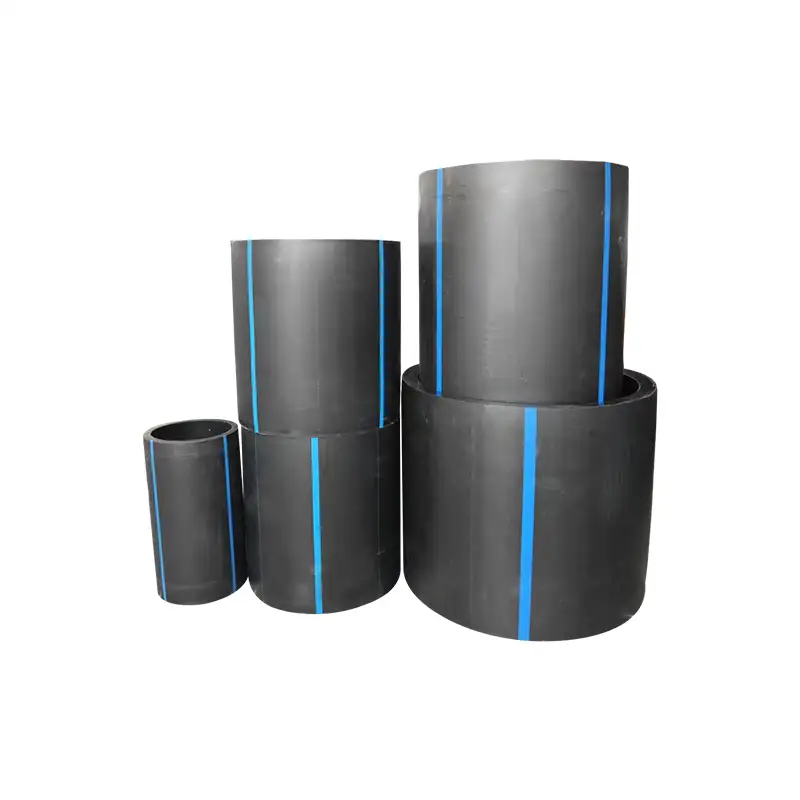

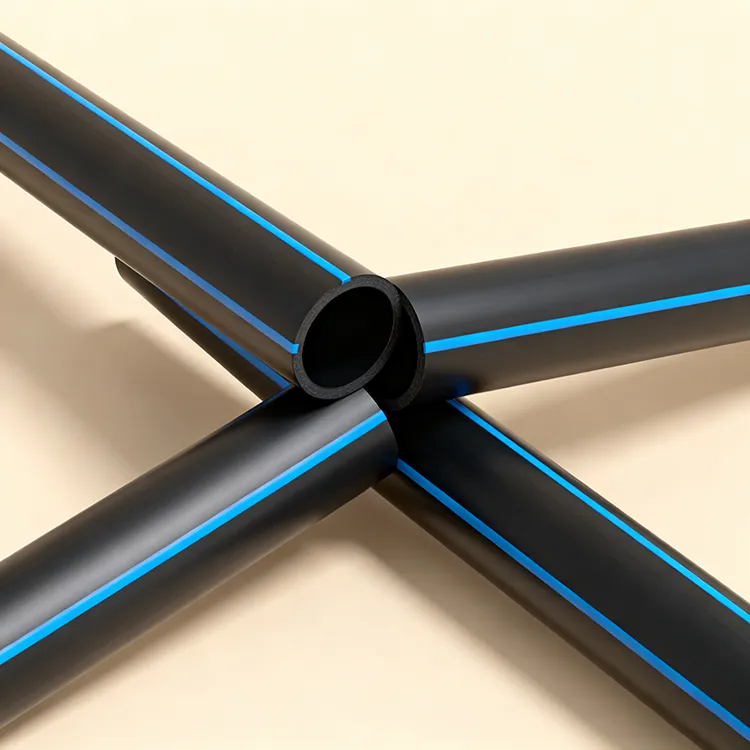
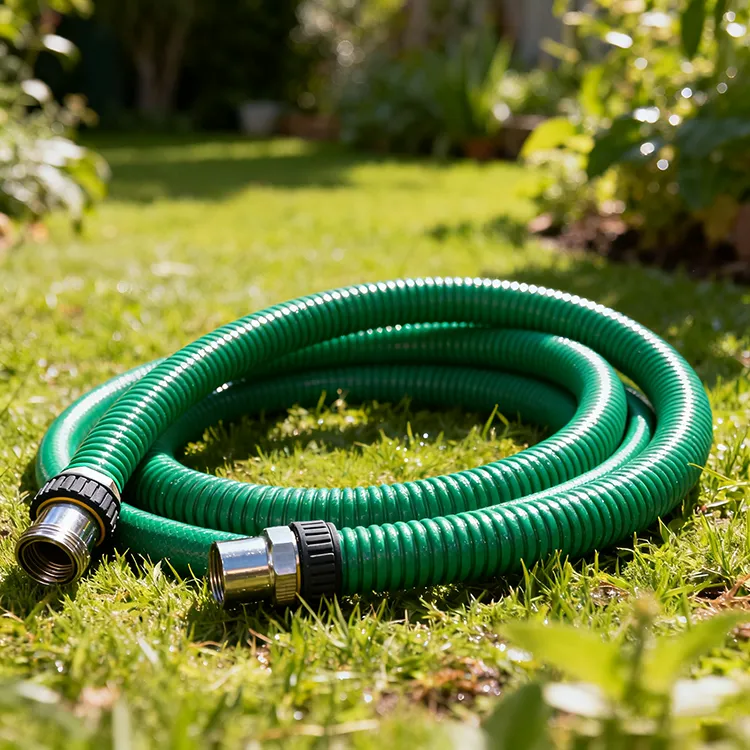

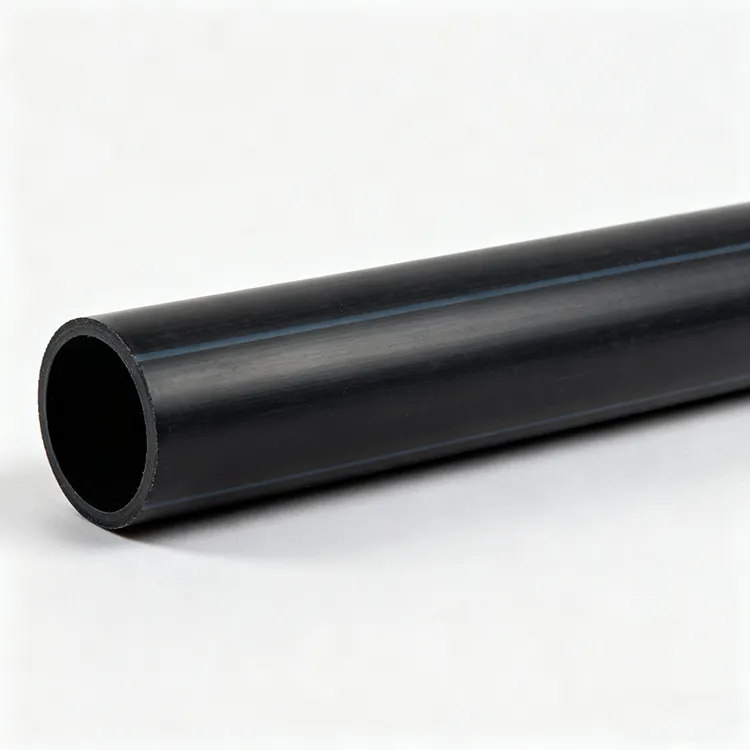
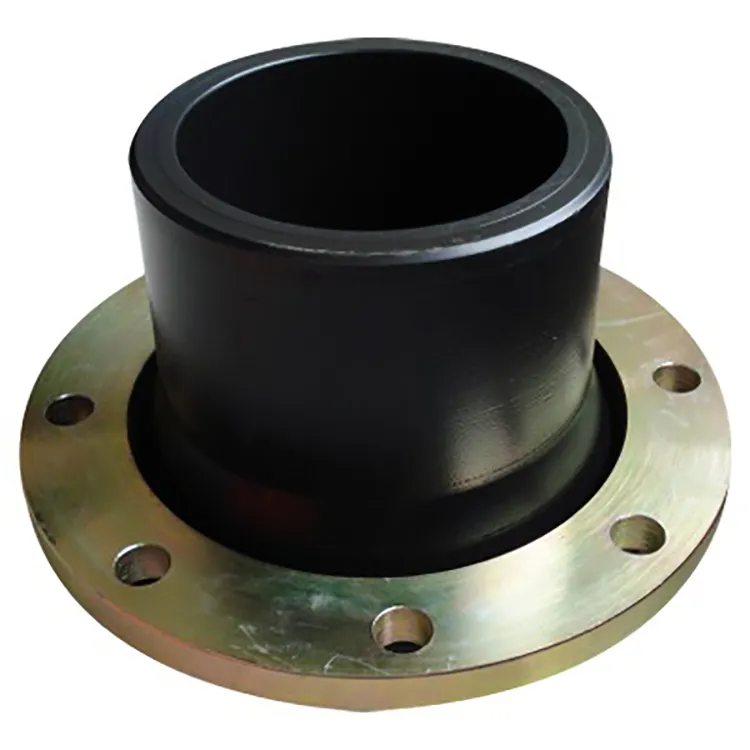


659.webp)
210.webp)
328.webp)
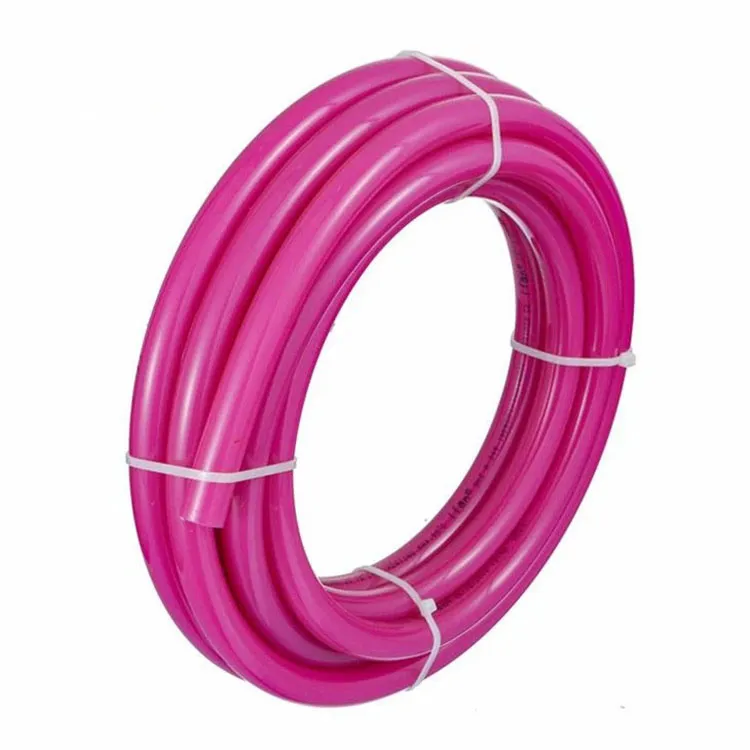
294.webp)
476.webp)


